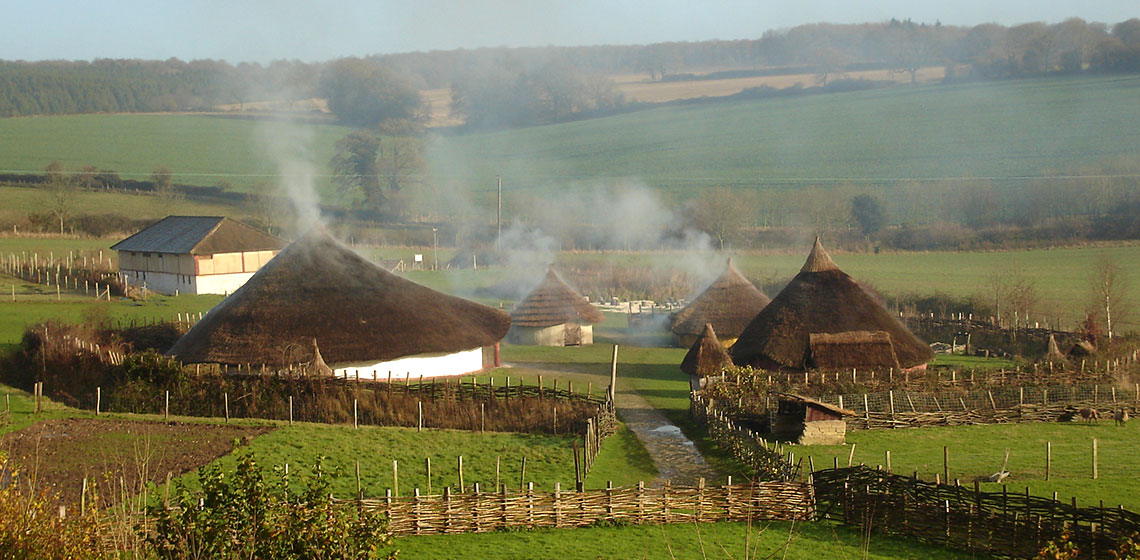Arheoloski Institut (RS)
The Arheološki Institut in Belgrade (the National Archaeological Institute) is performing archaeological research since 1947. They have research programmes, publish in a variety of ways, do public archaeology and reconstruct buildings.
Viminacium is an ancient Roman site on the right bank of the Danube in eastern Serbia. In an area of about 450 ha are the remains of a military camp, a city and cemeteries. Remains of a Roman bath, a mausoleum and one of the gates of the military camp can be seen, as well as a replica of a Roman villa.
Viminacium is an ancient Roman site on the right bank of the Danube in eastern Serbia. In an area of about 450 ha are the remains of a military camp, a city and cemeteries. Remains of a Roman bath, a mausoleum and one of the gates of the military camp can be seen, as well as a replica of...









